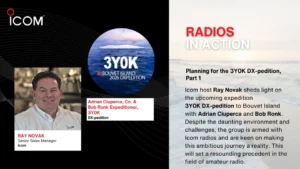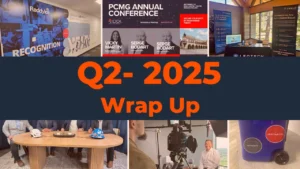Solar Panels: Good for the Environment, But Not Always Good for Roof Warranties
Solar panels are good for the environment. Unfortunately, incorrect installations on your roof may not be suitable for your roof’s warranty. While solar panels may be a great source of clean, renewable energy, one careless misstep in the design, notification, and installation process can void a roof’s existing manufacturer warranty. In addition, make certain your roof system can last the life of the solar system you are installing on it. Replacing a roof after a solar system is already installed on it is expensive and complex.
The Future of Solar Energy is Bright
In the 21st Century, the United States has been making a concerted effort to shift toward sources of electricity that are clean and renewable, such as solar energy. According to the Union of Concerned Scientists, residential, commercial, and institutional rooftop solar grew an average of more than 50% per year over the last decade. Solar panels give individuals and businesses the autonomy to generate electricity at a fixed, competitive cost. Better yet, manufacturers are creating panels at a lower cost than ever before. In the last 10 years, there has been a 62% decrease in the amount of material used for silicon cells, thanks to increased electrical efficiency and thinner designs. And a recent study by the National Renewable Energy Laboratory found that by 2020 the falling cost of solar energy could result in 33% of America’s electricity being generated by solar.
Green Energy Helps the Environment
Once installed, rooftop solar panels produce zero emissions, meaning their environmental impact is negligible for most of their 25 to 35 year estimated lifespan. However, the process of manufacturing solar panels and recycling them at the end of their useful life does have an environmental impact. A calculation called the energy payback time (EPBT) measures the amount of time a solar panel must produce clean electricity in order to offset the energy used to produce them. Different factors affect this calculation, including the efficiency of the panel, the manufacturing process, and the materials used to produce it, and the transportation costs to ship it. The world has seen excellent progress over the years in lowering the EPBT for solar panels. In 1970, the average energy payback time was 40 years, but by 2010, that number had plummeted to just six months.
Fortis Warranty Can Help You Avoid a Costly Misstep
A rooftop is a smart place to install solar panels. Unfortunately, they are often installed without regard for the existing roof manufacturer’s warranty. A single mistake can often void the warranty, as well as compromise thermal performance and ruin waterproofing. The logistical and legal issues associated with installing solar PV systems on roofs are complex, and membrane manufacturers often have their own requirements if solar panels are installed.
Fortis Warranty can help you navigate the complexities of installing rooftop solar panels so you can avoid a costly misstep. Fortis can provide a new and better warranty to give you protection once again. We can also recondition and warrant existing roofs to match the desired time frames of Power Purchase Agreements (PPAs), resulting in a much more cost-effective project than a tear off. Fortis’ proven track record of industry-changing green solutions can give you better roof performance with immediate, operating, and deferred cash savings. Our warranties have been developed to combine financial certainty with guaranteed roof performance, providing you with peace of mind.
To find out how you can have a cost-effective rooftop solar installation with a better warranty, contact Fortis Warranty today.









